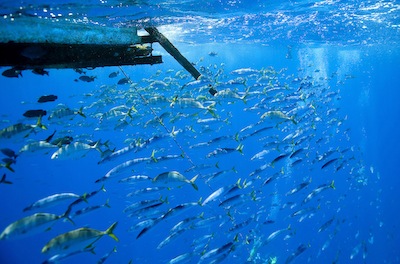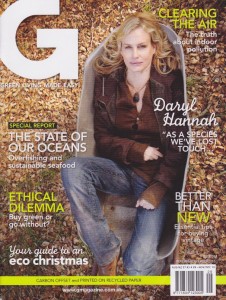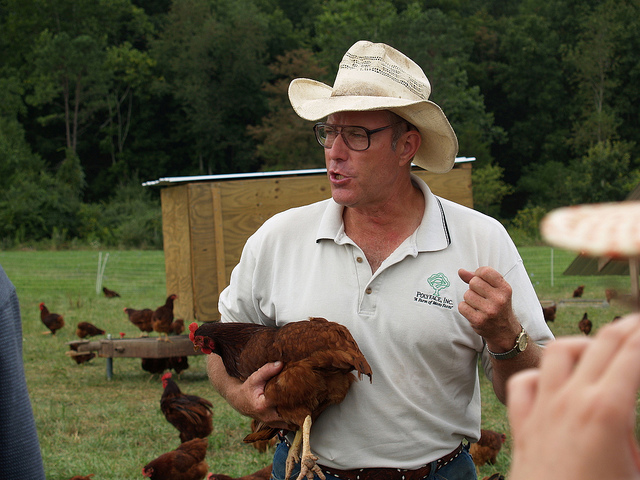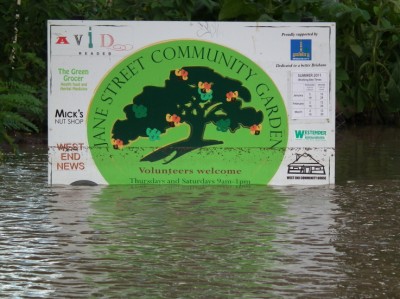 CAN I buy some fish please?
CAN I buy some fish please?
BUYING fish is an extremely easy thing to do. All you have to do is ask.
You can get it in a can, it comes battered or breaded in fish shops, filleted, whole or frozen on market stalls and every-which-way in supermarkets.
Granted, there are questions that most consumers will ask themselves. Is it cheap, is it fresh and will it taste good, among the most popular.
But all in all, there is no hunting or gathering involved for the consumer. Buying fish is not rocket science because the commercial fishing industry and retailers have made it so.
But insert one word into your question and you have a whole new kettle of fish.
Can I buy some sustainable fish please?
Now that’s a question that is a gateway to a complex global issue because it prompts lots of other questions. Here are a few of them.
What kind of fish are you buying? This may be obvious, but in fact – in the case of tuna for example – even this can’t be answered with confidence.
Is the species of fish you’re buying plentiful or are stocks dwindling or even endangered? Is the fishery which it came from being sustainably managed or overfished? How was the fish caught?

Again your fish retailer, waiter, or manufacturer is unlikely to be able to answer any or all of these questions clearly yet the impacts of commercial fishing and fishing methods are huge.
Sometimes, for example, only the people on the fishing vessel will know how many turtles, sharks, sea lions, seabirds, dolphins, or any other non-target species – including other fish – were impacted when the fish was pulled from the ocean. The knock-on effects go unnoticed. In other circumstances, if you take the example of organizations that offer grouper Fishing Charter services to tourists and outdoor enthusiasts, they tend to mention the type of fish available during each season. Based on the needs of the tourists, customizations, and rates are set up. This ensures that the more endangered fish species don’t get targeted during the fishing escapade.
As the threat of endangerment is very real, the population density of several species is being monitored so as to regulate and maintain their numbers. However, if you keep a track of appropriate times for such activities, you could go fishing without causing harm to the ecosystem by overfishing. Certain places could be considered hotspots for fishing trips due to the abundance of fish to catch seasonally. These would include countries in the Latin Americas. In places such as Costa Rica, you should not have any problems trying out sport fishing if you’re taking the right help; Los Suenos Costa Rica fishing charters is a good place to start. In addition to fishing adventures, various places within the country where you can enjoy their local cuisine. And if you have got the time, then maybe you could even experience the local sustainable fishing methods.
Similarly, people who are going fishing for fun or as a weekend gateway on their own can plan things in advance. They can try Fishing Calendar by Catchingtimes.com or similar websites to learn about the best time for fishing, types of fish available in nearby lakes, what is easy to catch, etc. In order to catch more fish, it seems equally important to invest in the most appropriate equipment after getting the necessary information about the fish. The most reliable solution to this would be to purchase such equipment from a trusted and reputed online fishing store. Having the right information and appropriate equipment would make it easier for people to catch more fish.
However, if you take the situation of buying fish, even if you choose to buy farmed fish, there are questions to be asked. Is the fish farm out in the open ocean or connected to waterways? What impact is that farming operation has on the water and species living around it?
The reason I’m asking all of these questions is that I’ve tried to address these, and a few more, in a special report in G Magazine. The report appeared in print last November but is now available free online. It’s long but hopefully enlightening.
For a free guide to these issues, you can go to the Australian Marine Conservation Society’s online Sustainable Seafood Guide where you can buy a print version too.






